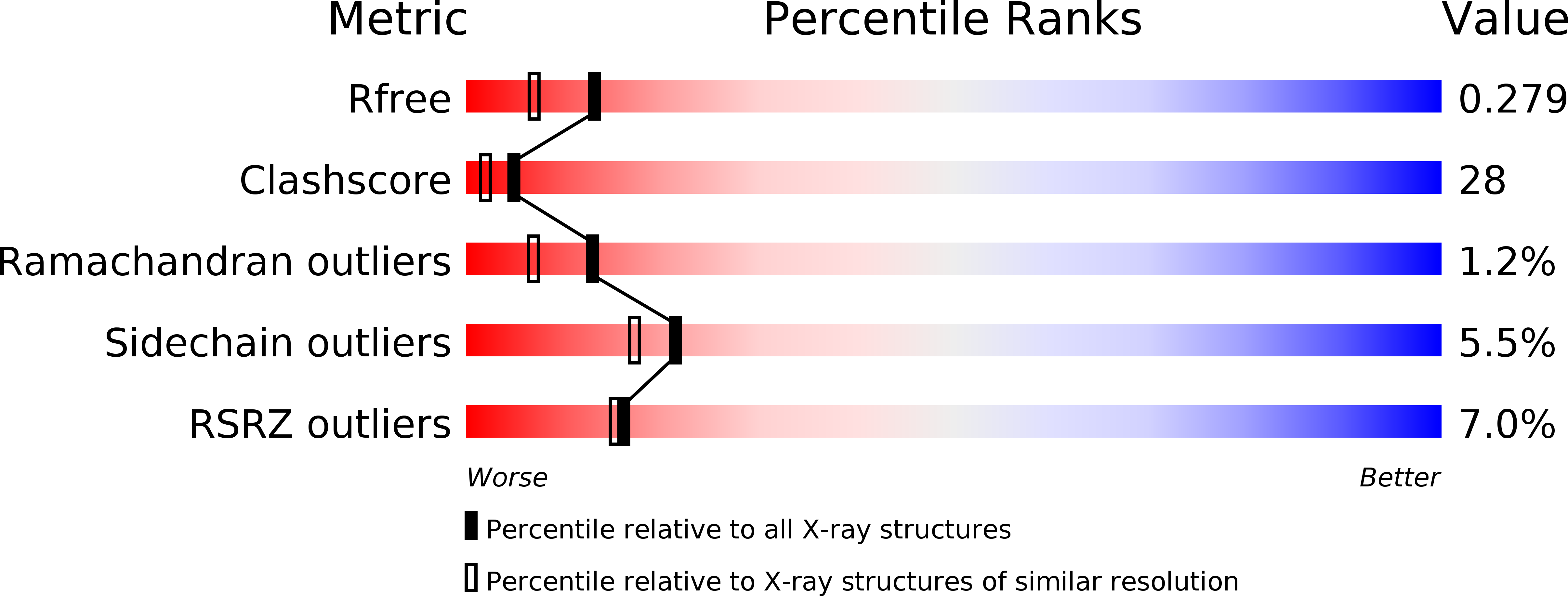
Deposition Date
2010-01-11
Release Date
2010-06-02
Last Version Date
2024-10-30
Entry Detail
Biological Source:
Source Organism:
Micromonospora zionensis (Taxon ID: 1879)
Host Organism:
Method Details:
Experimental Method:
Resolution:
2.00 Å
R-Value Free:
0.27
R-Value Work:
0.23
Space Group:
P 1 21 1


